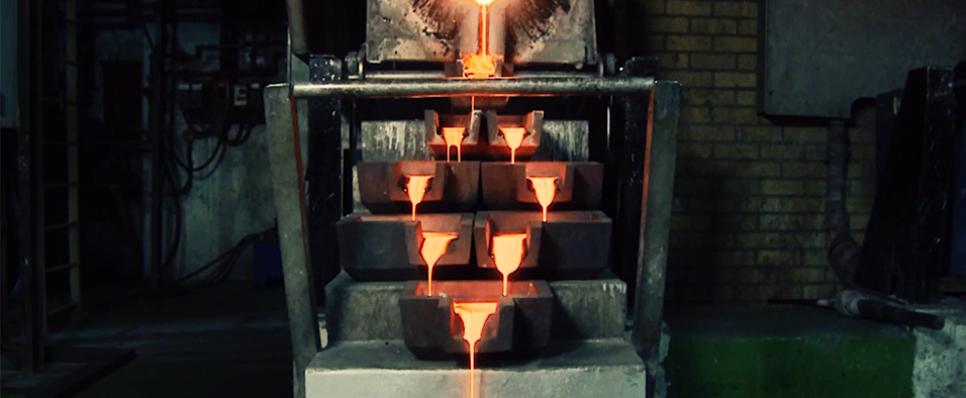Published: 12 Sep 2017
How gold is extracted?

We all know that gold comes from mines. These gold mines go several hundred meters below the surface of the earth. It is here that miners look for gold in its natural form – in lode deposits or vein deposits - which are concentrations of gold and other metals in the cracks of rock.
The process used to extract gold involves strategically drilling and blasting rocks. Plans laid out by engineers and geologists prior to mining take a lot of preparation and often show the precise position of the gold within the rocks. As a result of this, miners are able to extract large quantities of gold-laden rock, referred to as the ore. The ore is then transferred to the mill to extract the gold within it. If surveyed correctly, a good gold mine would yield close to 6.5 g of gold for every 1000 kg of ore. Think about that.
Gold ore is not pure, but instead intertwined with other metals like silver. In the mill, the large chunks of ore are crushed and broken down until it is a powdery sand-like mixture of gold, silver, and rock. It is then mixed and ground with generous amounts of water and cyanide until it becomes a pulp, which flows into large settling tanks. It is here that the first step of refinement happens – and all owing to gravity. The heavier solid particles in the mud settle to the bottom of the tank and are separated from the liquid. Air is bubbled through this sludgy mixture, and oxygen –- acting as a catalyst -- sets off a chemical reaction which causes the cyanide to react with the gold trapped within the ore, which in turn causes the gold to leech and dissolve into the water. What you are left with is a gold and water solution.
This solution is carefully extracted and made to drip onto a curved surface of a rotating cylinder. The drops slide along the surface and leave behind a slender trail of the solution that quickly evaporates; what we are left with is a beautiful, thin film of gold that is flaky in consistency.
Further impurities are removed from the gold with a slew of chemical reactions using catalysts and reagents that are heated to 1600 degrees Celsius (or 2912 degrees Fahrenheit). The process melts gold and all the other impurities before gravity features again. The process causes heavier molten impurities to settle to the bottom, while the lighter molten gold floats above it. This happens for the same reason that oil floats on water – owing to its density.
Finally, the molten gold is extracted and cooled in the shape of the gold bar that we all know of. It takes 4 minutes for the gold to solidify and another hour to cool in a cold water bath. These gold bars, or ingots, are 80% pure.
For refineries that deliver purer gold, the smelting process is repeated over and over until refinement of 99.5% is achieved, and then purified by electrolysis to achieve 99.9% purity – the remarkable standard that we are all so used to.











